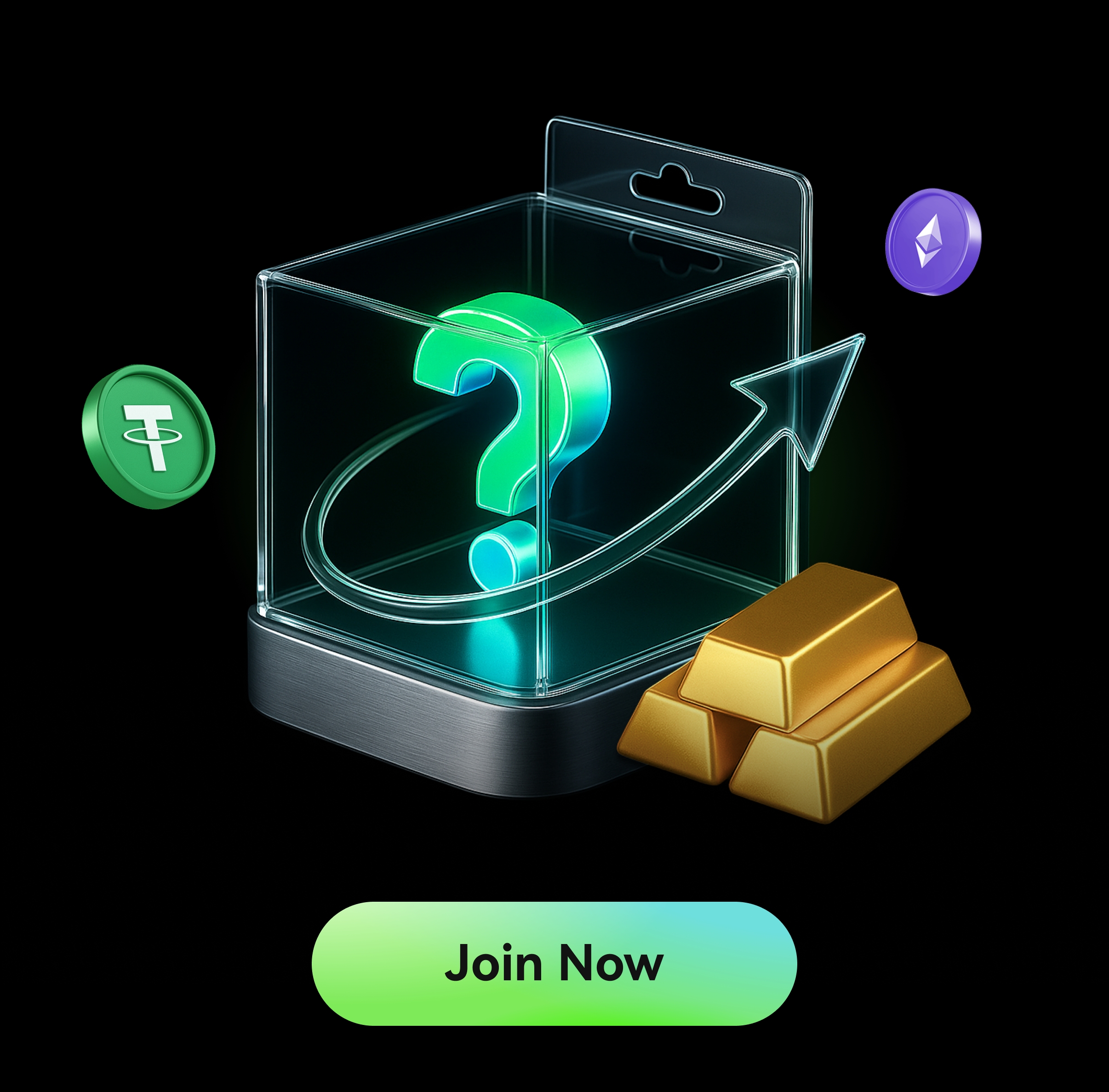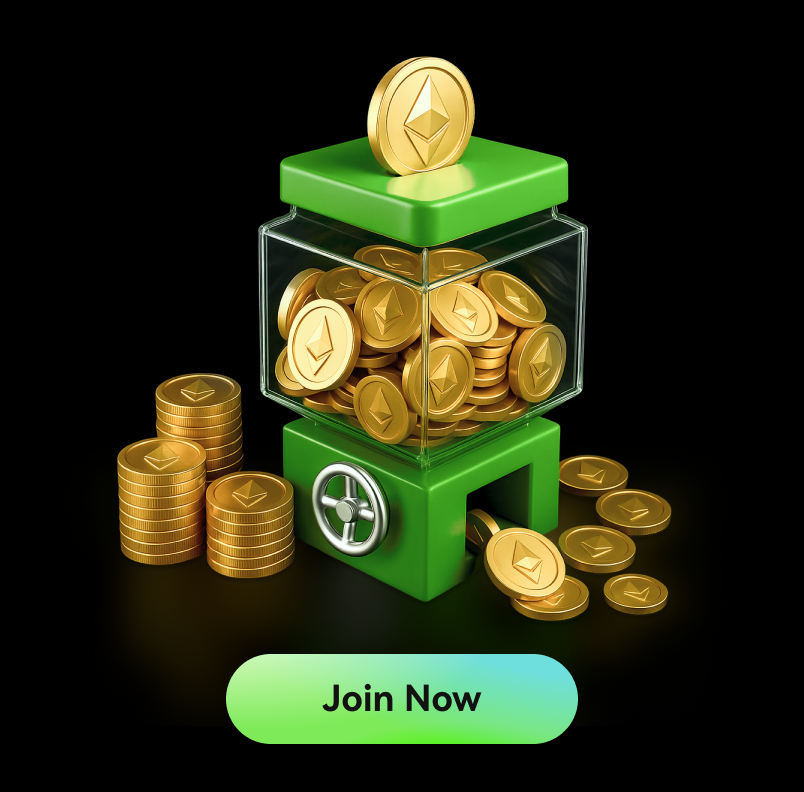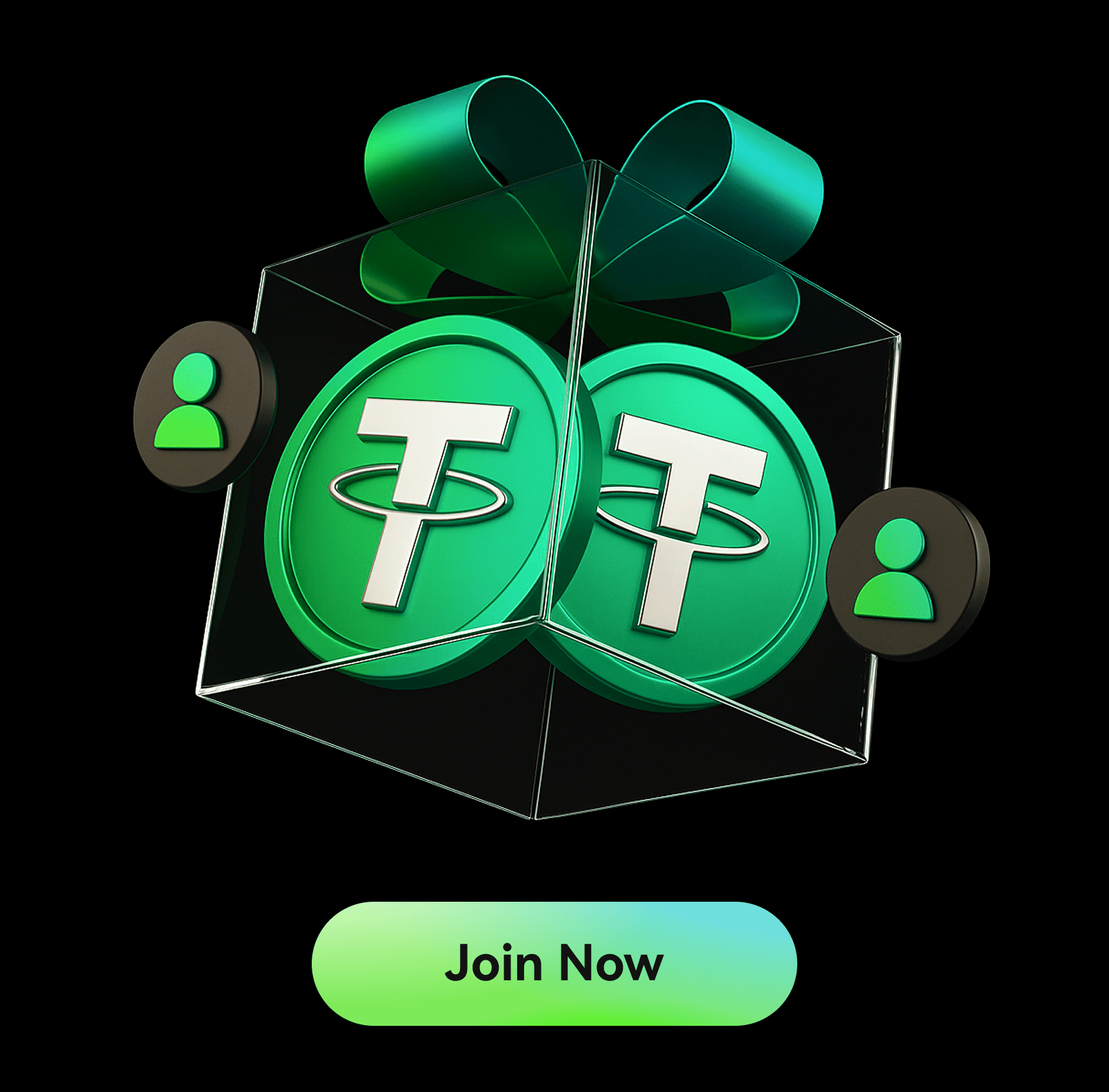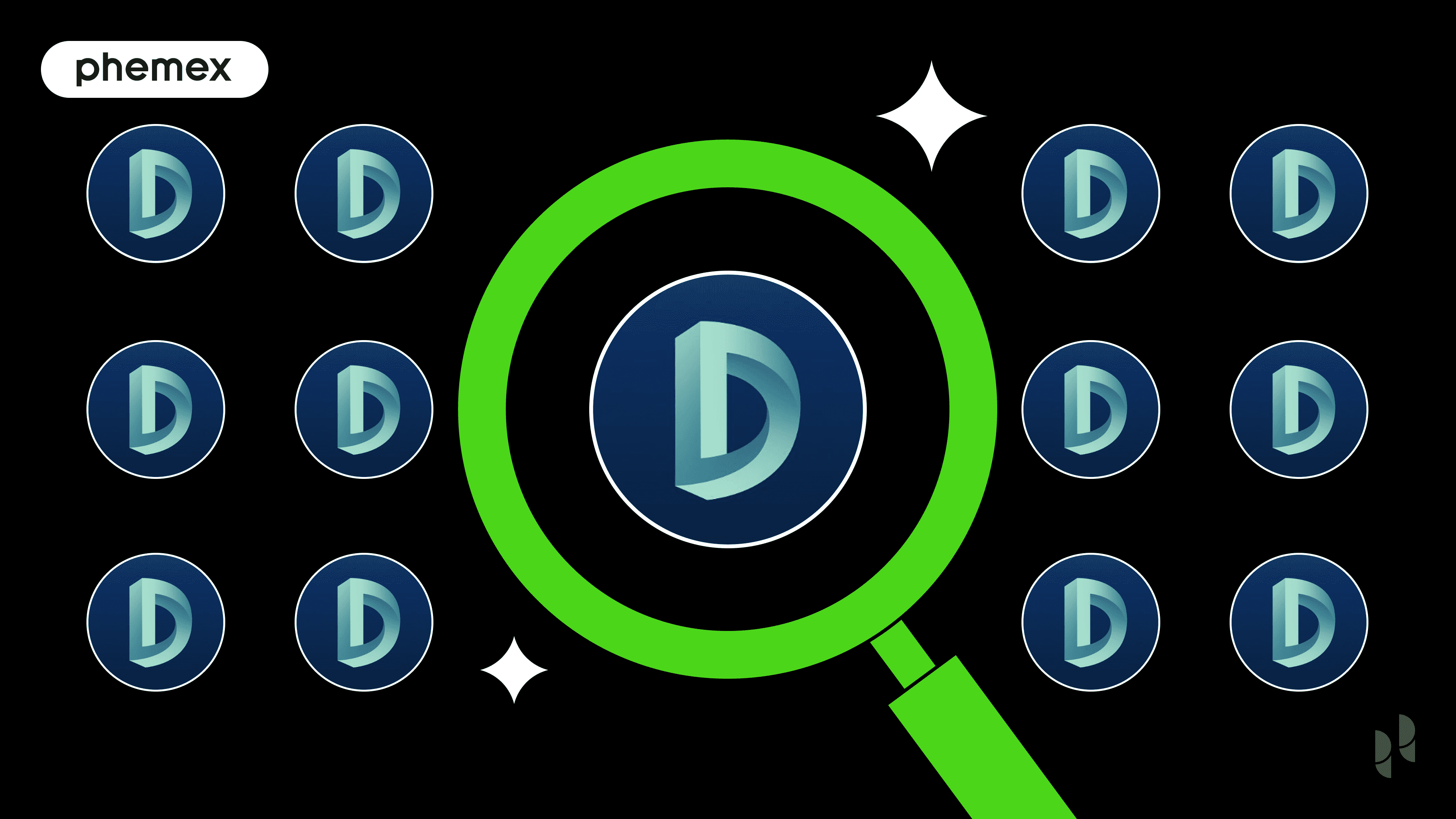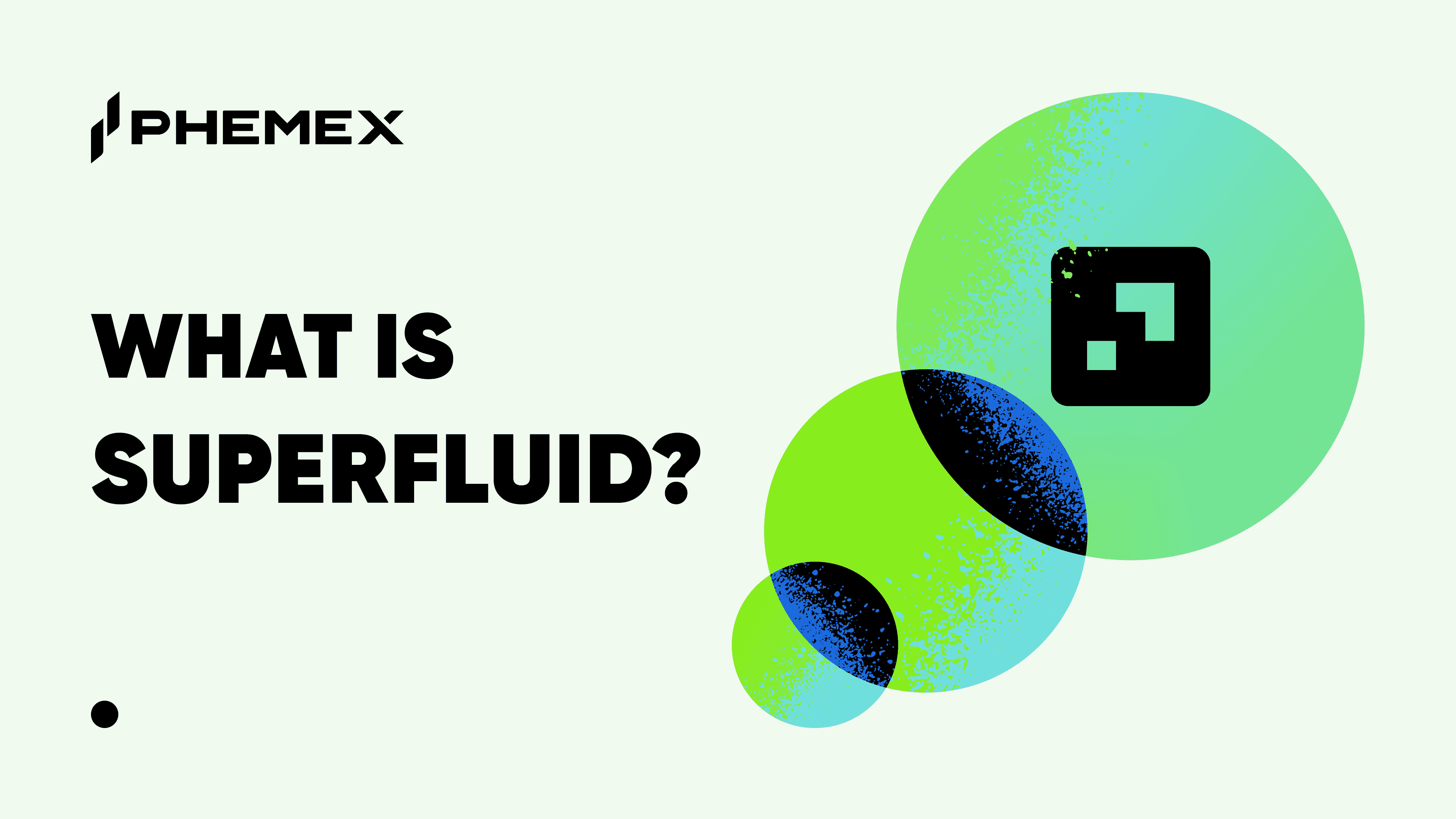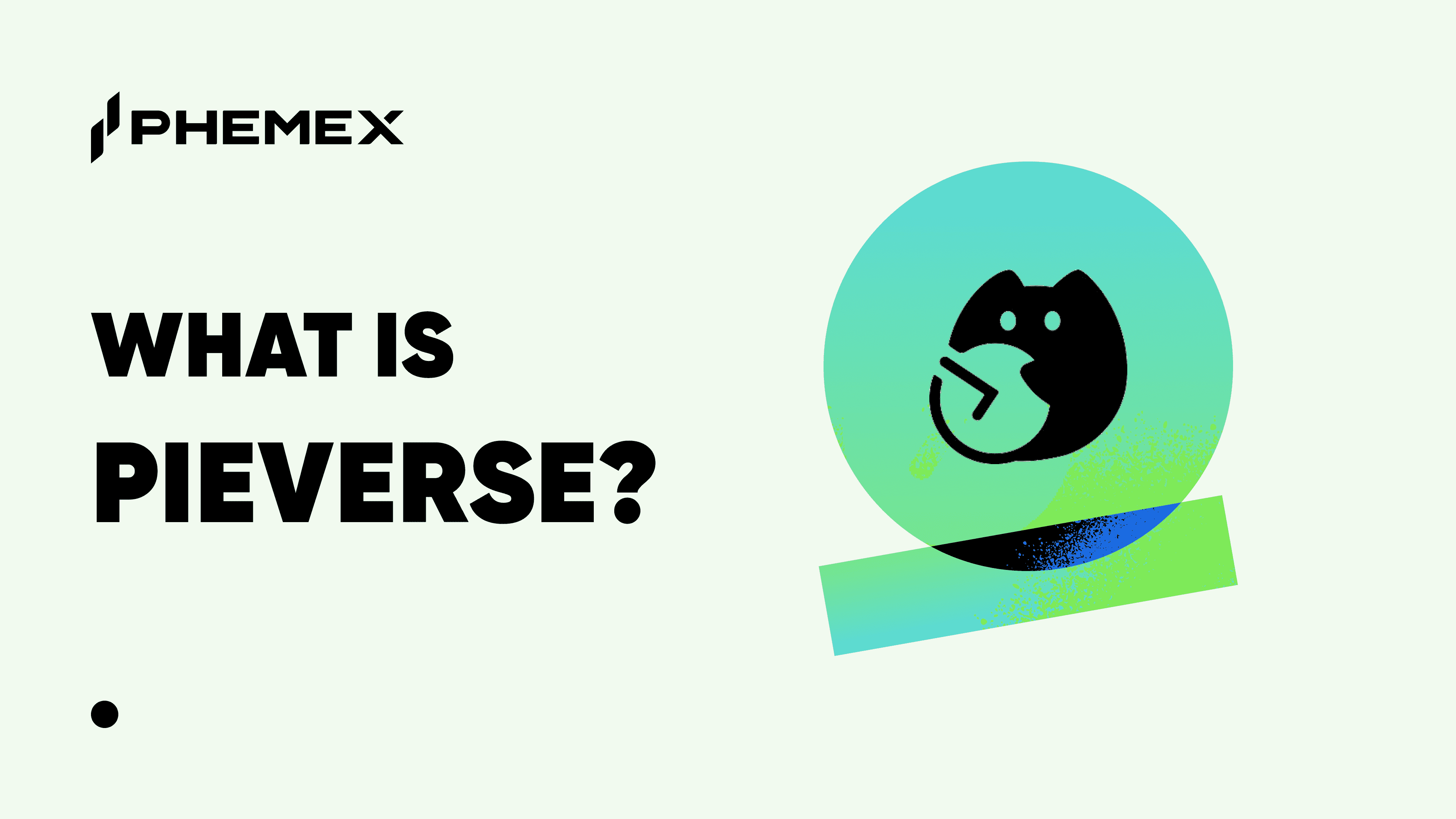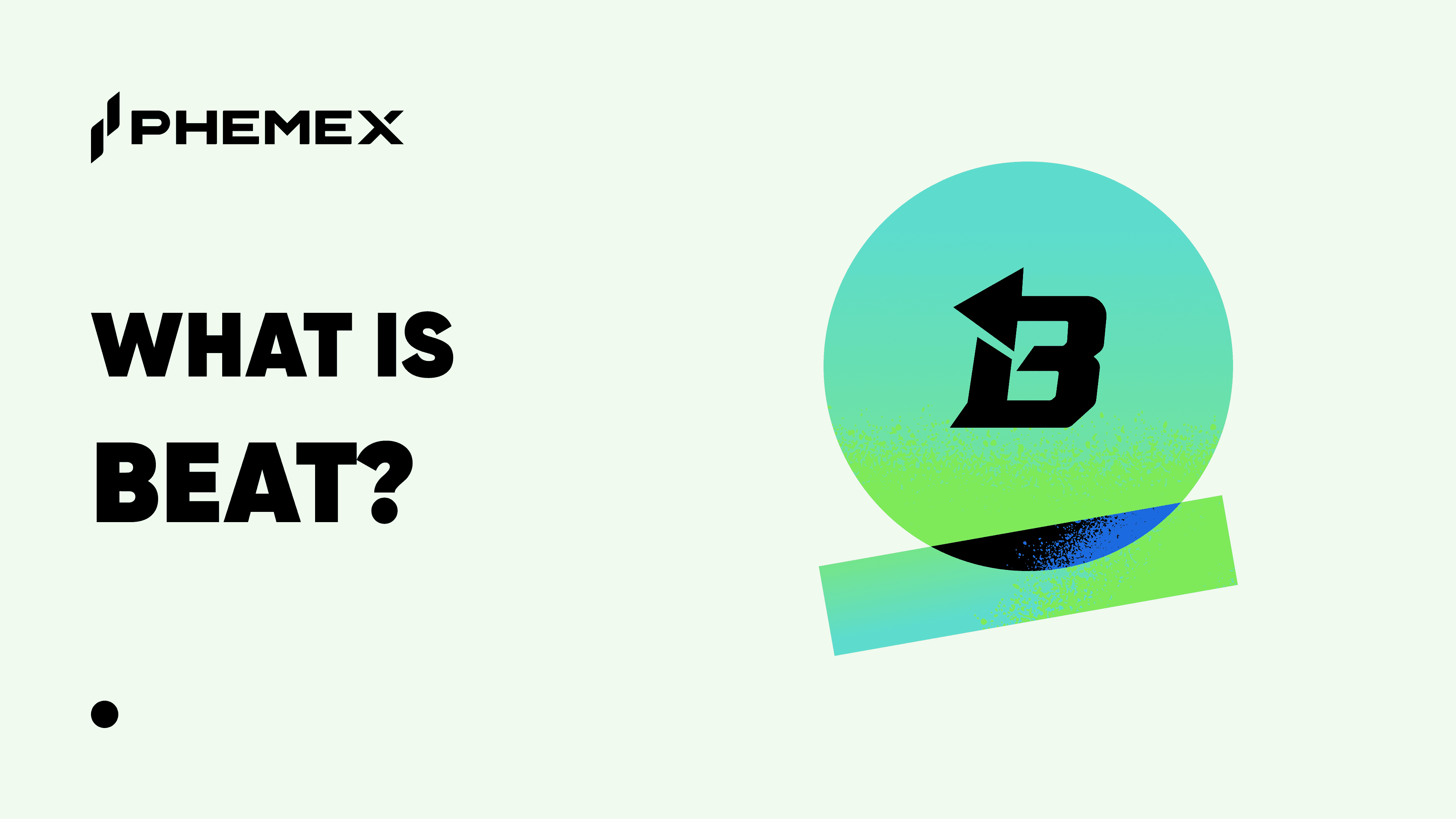Summary Box (Quick Facts)
-
Ticker Symbol: DIA
-
Chain: Native ERC-20 token on Ethereum, with extensive multi-chain oracle support.
-
Contract Address (Ethereum): 0x84ca8bc7997272c7CfB4D0Cd3D55cd942B3c9419
-
Circulating Supply: Approximately 120 Million DIA
-
Total Supply: 200 Million DIA
-
Primary Use Case: A transparent, open-source, and community-governed oracle platform for Web3.
-
Current Market Cap: ~$48 Million
Key Takeaways
-
DIA (Decentralised Information Asset) is a cross-chain oracle platform that provides transparent, accurate, and verifiable data to decentralized applications (dApps).
-
It directly addresses the "oracle problem" by creating a reliable bridge between isolated blockchains and external, off-chain data sources.
-
Unique Approach: Unlike many oracles that rely on opaque, third-party data intermediaries, DIA champions radical transparency. It crowdsources data directly from a multitude of on-chain and off-chain sources, allowing for full auditability.
-
Community-Governed: The DIA token is the backbone of its ecosystem, used for governance votes, data validation through staking, and funding new data feed requests.
-
Deflationary Tokenomics: With a fixed total supply of 200 million tokens, DIA is designed to be deflationary, meaning no new tokens can ever be minted.
-
Multi-Chain Infrastructure: DIA supports over 50 blockchains, providing the essential data feeds needed for DeFi, NFTs, gaming, and the growing Real-World Asset (RWA) sector.
Introduction: Solving the Oracle Problem
In the innovative world of blockchain technology, smart contracts are revolutionary. These self-executing contracts can automate complex processes, from financial derivatives to insurance payouts, without needing a traditional intermediary. However, they have a fundamental limitation: they are isolated from the outside world. A blockchain cannot, by itself, access external information like stock prices, sports results, or weather data. This is known as the "oracle problem," and it represents a major hurdle for the widespread adoption of Web3.
Without a secure and reliable way to fetch off-chain data, the potential of dApps would be severely limited. How could a decentralized lending platform liquidate a position without knowing the current price of Ethereum? How could a crop insurance dApp pay out a claim without verified weather data? This is the critical gap that oracle platforms are built to fill.
DIA (Decentralised Information Asset) is a leading project tackling this challenge head-on. It functions as a verifiable bridge, sourcing, validating, and delivering trustworthy data to on-chain applications. More than just a data provider, DIA is building a transparent and community-driven ecosystem for Web3 data. This guide will provide a deep dive into its technology, tokenomics, the latest news about DIA, and how its unique approach compares to others in the space, empowering you to understand its role in building a decentralized future and how to trade DIA on Phemex.
What Is DIA? A Deeper Look
DIA is an open-source oracle platform meticulously designed to provide reliable data feeds for the entire Web3 ecosystem. The most effective way to understand DIA is to think of it as a transparent, decentralized, and verifiable "Wikipedia of financial data." While Wikipedia relies on a global community of volunteers to write and verify articles, DIA utilizes a global community of stakeholders, developers, and token holders to source and validate data streams for smart contracts.
The core problem DIA addresses is the opacity and centralization risk found in some oracle solutions. When a dApp relies on a "black box" oracle, its users are forced to trust that the data is accurate without being able to verify its origin or methodology. This can create single points of failure and open the door to data manipulation, which could have catastrophic consequences for a DeFi protocol holding billions in assets.
DIA explained simply: it offers a radically transparent alternative. Its entire data pipeline is open-source and publicly auditable. Anyone can see precisely where a piece of data came from—which specific exchange API or on-chain source—and how it was processed before being delivered to a smart contract. This trustless "glass box" model is vital for building a secure and resilient decentralized financial system. Its relevance extends across the entire crypto landscape, providing essential infrastructure for lending protocols, decentralized exchanges (DEXs), stablecoins, NFT marketplaces, and emerging sectors like decentralized AI and Real-World Asset (RWA) tokenization.
How Many DIA Tokens Are There?
The tokenomics of any crypto project are fundamental to its long-term stability and value. DIA’s economic model is built on the principles of scarcity and utility. The platform has a fixed maximum supply of 200 million DIA tokens. This hard cap is written into the contract, meaning no new tokens can ever be created or minted.
This deflationary design is a significant feature. In an inflationary system where new tokens are constantly created, the value of existing tokens can be diluted over time. By contrast, DIA’s fixed supply ensures that as demand for the network's oracle services grows, the finite number of tokens can lead to potential value appreciation. This creates a powerful incentive for long-term holding and participation in the ecosystem.
The initial distribution of DIA tokens was conducted through a unique bonding curve sale in August 2020. This method was chosen to facilitate a fair and wide distribution, preventing large, single entities from dominating the initial supply and fostering a more decentralized community from day one. The total supply was allocated to various key areas, including ecosystem development funds, the founding team (with vesting schedules), and public sale participants, all aimed at ensuring the sustainable growth of the platform. The circulating supply, which is the number of tokens available on the market, gradually increases as vested tokens are released according to the predefined schedule.
What Does the DIA Token Do?
The DIA token is far more than just a speculative asset; it is the lifeblood of the DIA ecosystem, granting its holders tangible power and utility. The primary DIA use case is to coordinate and incentivize all participants to maintain the network's integrity and drive its growth.
Here’s a breakdown of its core functions:
-
Decentralized Governance: The DIA token is a governance token, giving its holders the power to shape the future of the platform. The governance process is structured and transparent, typically following a three-step lifecycle:
-
Ideation: Any community member can propose new ideas for product features, technological upgrades, or DAO operations in the official discussion forum.
-
Proposal: If an idea receives sufficient support and feedback from the community, it is formalized into a detailed DIA Improvement Proposal (DIP).
-
On-Chain Voting: The DIP is then put to a vote on a platform like Snapshot, where DIA token holders can cast their votes. The weight of each vote is proportional to the number of tokens held. This democratic process ensures that the platform evolves in a direction that reflects the will of its community.
-
-
Data Validation and Staking: To ensure data integrity, DIA uses a crypto-economic incentive system. Users can stake their DIA tokens on specific data feeds or data providers. By doing so, they are essentially vouching for the accuracy of that data. In return for securing the network, stakers can earn rewards. This mechanism creates a powerful incentive for honest behavior, as malicious actors would risk losing their staked capital.
-
Funding Data Feeds (Bounties): One of DIA's most innovative features is its approach to sourcing new and specific types of data. If a dApp developer needs a data feed that doesn't currently exist—for example, the price of a niche RWA or a long-tail crypto asset—they can fund a "data bounty" using DIA tokens. This bounty incentivizes the DIA community to build the necessary scrapers and infrastructure to source, validate, and deliver that specific data feed, making DIA's oracle capabilities highly adaptable and demand-driven.
DIA vs. APRO Oracle: A Comparison of Oracle Architectures
The oracle space is diverse, with projects adopting different strategies to deliver secure and reliable data. APRO Oracle presents a flexible, hybrid model focused on technical efficiency and customization, which provides an interesting contrast to DIA's philosophy of radical transparency and community-driven data sourcing.
| Feature | DIA (Decentralised Information Asset) | APRO Oracle |
| Core Philosophy | Radical transparency and community governance. Every step of the data sourcing and processing pipeline is open and auditable. | Flexibility and technical efficiency. Provides a hybrid architecture combining off-chain computing with on-chain verification for custom solutions. |
| Data Delivery Models | Primarily a "push" model where validated data feeds are continuously updated. Offers a unique "bounty" system for creating new feeds. | Offers two distinct models: Data Push (updates pushed on-chain based on thresholds) and Data Pull (dApps pull data on-demand). |
| Key Technical Feature | Crowdsourced Data Bounties: Allows the community to be incentivized to build any custom data feed needed by dApps. | Push/Pull Models: The dual model provides dApps with maximum flexibility to balance between real-time updates and cost-efficiency. |
| Price Discovery Mechanism | Aggregates prices from numerous transparent sources (CEXs, DEXs) with customizable methodologies for data sanitization. | Employs a TVWAP (Time-Volume Weighted Average Price) mechanism to ensure fair and accurate prices, preventing manipulation. |
| Governance & Customization | Fully DAO-governed. The community votes on all platform upgrades and parameters via proposals with the DIA token. | Allows DApp businesses to customize computing logic for their specific needs, suggesting a strong focus on enterprise and B2B flexibility. |
| Target Audience | Projects that prioritize verifiable data sources, community governance, and need oracles for a wide range of long-tail assets. | Sophisticated DeFi, derivatives, and other dApps that require high flexibility, on-demand data, and cost-efficient, high-frequency updates. |
In summary, the two projects address the oracle problem from different angles. DIA's core value proposition is trust through transparency and decentralization. Its open-source, community-governed model ensures that anyone can verify the entire data journey. APRO's core value is trust through technical flexibility and efficiency. Its dual Push/Pull model and customizable logic provide a powerful toolkit for developers to build highly specific, cost-effective solutions, particularly for demanding financial applications.
The Technology Powering DIA
DIA’s technological foundation is designed for security, scalability, and cross-chain compatibility. While the DIA token is a native ERC-20 asset on Ethereum, the oracle system itself is chain-agnostic, capable of serving data to any blockchain. This has allowed DIA to achieve widespread adoption, with its oracles currently deployed on over 50 integrated blockchain networks.
A key component of its architecture is Lasernet, DIA's native Layer-2 network. Deploying oracle logic on a dedicated L2 offers several advantages:
-
Scalability and Cost-Efficiency: Performing complex data computations and aggregations on a congested Layer-1 like Ethereum can be prohibitively expensive. Lasernet allows these operations to be executed at a fraction of the cost and at much higher speeds.
-
Enhanced Verifiability: By computing oracle data on-chain within Lasernet, DIA provides a fully trustless and verifiable execution environment. This means every step of the data processing is recorded and can be audited, reinforcing the platform's core commitment to transparency.
-
Security: Lasernet is secured through a combination of cryptographic mechanisms and crypto-economic incentives (staking), ensuring that the oracle computations are both tamper-proof and reliable.
The platform supports a diverse library of over 20,000 assets and integrates with more than 100 data sources. This extensive library includes not just standard cryptocurrency price feeds but also more sophisticated data products, such as:
-
Verifiable Randomness Feeds (VRF): Essential for applications in blockchain gaming and NFTs, providing a provably fair and unpredictable source of randomness for things like minting rare items or selecting lottery winners.
-
Real-World Asset (RWA) Feeds: As traditional financial assets become tokenized, DIA is positioning itself to provide the crucial data feeds needed for these products, such as stock prices or commodity data.
Team, Origins, and Vision
DIA was co-founded in 2018 within Switzerland's "Crypto Valley," a global hub for blockchain innovation. The founding team, which includes Paul Claudius, Michael Weber, and Samuel Brack, identified a critical flaw in the rapidly growing DeFi space: the lack of transparent and trustworthy data oracles. At the time, many existing solutions were opaque and centralized, posing a systemic risk to the nascent ecosystem.
The founders' vision was to create a "decentralized information asset"—an oracle platform that was not only technologically robust but also aligned with the core crypto ethos of decentralization and community governance. They set out to build a system where data was a public good, sourced and validated by a distributed community rather than a central authority. After two years of development, the project held its public token sale in August 2020 and has since grown into one of the most respected and widely integrated oracle solutions in the industry.
Key News, Events, and Future Outlook
The DIA project is in a constant state of development and expansion. Staying informed about the latest news about DIA is crucial for understanding its trajectory. Here are some of the key developments and future focus areas:
-
Expansion into Real-World Assets (RWAs): DIA has made a significant strategic push into the RWA sector. By developing specialized oracle frameworks for tokenized real-world assets, DIA is positioning itself as a key infrastructure provider for the convergence of traditional finance (TradFi) and DeFi.
-
Decentralized AI and Gaming Integrations: The platform is actively expanding beyond DeFi. Recent partnerships have focused on providing verifiable data feeds for decentralized AI agents and secure randomness oracles for Web3 gaming platforms, showcasing the versatility of its technology.
-
Continuous Multi-Chain Expansion: DIA's team is constantly working to integrate its oracles with new and promising blockchains. This ensures that developers building on the next generation of L1s and L2s will have access to reliable data from day one.
-
Community and Ecosystem Growth: Through programs like mainnet staking and developer grants, DIA continues to incentivize community participation. This focus on its user base has helped grow a loyal community of over 150,000 followers and supporters and attracted over 100 DAO contributors.
The project's roadmap indicates a continued focus on expanding its data offerings, enhancing the capabilities of Lasernet, and further decentralizing its governance model to give even more control to the community.
Is DIA a Good Investment?
Evaluating the investment potential of any cryptocurrency requires a careful analysis of its fundamentals, market position, and associated risks. For DIA, the investment case is intrinsically linked to the continued growth and maturation of the entire Web3 ecosystem.
Potential Strengths (Bull Case):
-
Essential Infrastructure: Oracles are not just a feature; they are a fundamental necessity for a functioning DeFi and Web3 ecosystem. As the industry grows, the demand for reliable data is poised to grow with it.
-
Strong Market Positioning & Adoption: With over 250 data and oracle users, DIA has already demonstrated significant traction. Its transparent, open-source approach is a powerful differentiator in a market where trust is paramount.
-
Forward-Looking Strategy: By focusing on high-growth narratives like RWAs, AI, and gaming, DIA is actively positioning itself to be relevant for the future waves of blockchain innovation.
-
Robust Tokenomics: The fixed supply of 200 million tokens creates a deflationary pressure that could be favorable for long-term holders if demand for the network's services continues to rise.
Potential Risks and Considerations:
-
Intense Competition: The oracle sector is one of the most competitive in the crypto industry, featuring several well-established and heavily funded projects. DIA must continue to innovate to maintain its market share.
-
Market Volatility: Like all altcoins, the DIA price is subject to the high volatility of the broader cryptocurrency market.
-
Adoption Dependency: DIA's ultimate success depends on its ability to convince dApp developers to choose its solution over competitors. This requires continuous business development and community engagement.
-
Regulatory Environment: The global regulatory landscape for digital assets is still uncertain. Unfavorable regulations in key jurisdictions could potentially impact the DeFi space as a whole.
Disclaimer: This content is for informational purposes only and should not be considered financial advice. Investing in cryptocurrencies involves significant risks, including the potential for complete loss. You should always conduct your own thorough research and only invest what you can afford to lose. The DIA investment potential is speculative and not guaranteed.
How to Buy DIA on Phemex
Ready to add DIA to your portfolio? Phemex offers a simple and secure platform for spot and futures trading. For a complete step-by-step walkthrough, please visit our dedicated guide on How to Buy DIA on Phemex.
Frequently Asked Questions (FAQs)
1. What is the primary difference between DIA and other oracles?
DIA's main differentiator is its commitment to radical transparency and its community-driven validation model. While other oracles may use permissioned node operators, DIA's entire data sourcing, aggregation, and delivery process is open-source and verifiable by anyone, from start to finish.
2. Is the DIA token required to use the platform's data?
While historical data and basic feeds may be accessible for free, the DIA token is essential for fully participating in the ecosystem. It is required for governance voting, staking to secure the network, and funding requests for new or custom-built data feeds.
3. What are Real-World Assets (RWAs) and why are they important for DIA?
RWAs are tokenized representations of traditional assets (like real estate, stocks, or bonds) on the blockchain. This is a massive, emerging market, and it requires specialized, highly reliable oracles to provide pricing and verification data. DIA's focus on this sector positions it as a key infrastructure provider for bridging trillions of dollars from traditional finance into DeFi.
4. What is verifiable randomness, and what is its use case?
Verifiable Randomness Feeds (VRF) provide a source of randomness that is both unpredictable and cryptographically provable. This is crucial for Web3 gaming (e.g., for fair loot box mechanics), NFT mints (for assigning random traits), and any on-chain application that requires fair and tamper-proof chance.
5. What blockchains does DIA support?
DIA is a cross-chain platform supporting over 50 blockchains, including major networks like Ethereum, BNB Chain, Polygon, Solana, Avalanche, and Arbitrum, as well as many emerging Layer-1s and Layer-2s. To learn more about different blockchain technologies, explore Phemex Academy.
